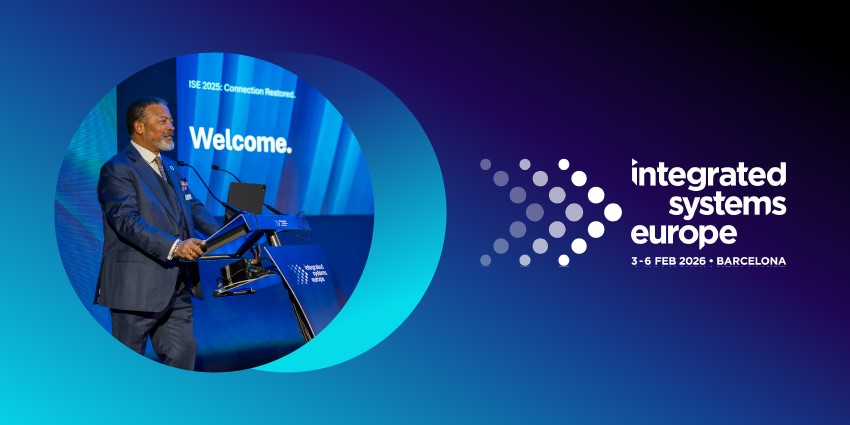Asana and Amazon Web Services (AWS) have announced the connection of Asana AI Studio with Amazon Q index, aimed at enabling secure, enterprise-grade AI workflows that span multiple systems and data sources.
The integration links Asana’s no-code automation capabilities with Amazon Q index’s enterprise search features – allowing teams to design workflows and surface insights from tools such as Google Workspace, Microsoft 365, and Salesforce while retaining strict governance controls.
Integrating Amazon Q index into our AI infrastructure is a powerful step forward – it allows us to unify knowledge scattered across enterprise systems and surface highly relevant insights directly in workflows,” says Spencer Herrick, Principal AI Product Manager at Asana.
“This not only accelerates decision-making but also improves the quality of execution across teams.
“AWS has been an exceptional partner throughout this process, and we’re thrilled by the early results and the opportunity to continue innovating on top of this foundation.”
Balancing Accessibility and Control
For IT leaders, the integration may address two perennial concerns: accessibility and security.
At the centre is the Amazon Q Business data accessor, which acts as a secure channel between Asana AI Studio and the Amazon Q index hosted in the customer’s AWS environment.
The data accessor ensures that only authorised data is exposed to Asana’s AI features, respecting existing identity and access management (IAM) policies and access control lists (ACLs).
This means organisations can provide AI-enabled search and automation without weakening compliance postures or bypassing role-based permissions.
Enterprise Use Cases
Asana says the integration is particularly suited for high-value operational processes where cross-system visibility is critical:
- Project intake and routing – Automating multi-step intake processes by pulling context from multiple applications.
- Campaign and product launch management – Coordinating marketing, product, and operations teams with shared, real-time data.
- Unified knowledge retrieval – Using Asana smart chat to query enterprise-wide content without switching tools.
By embedding AI-powered retrieval into a familiar interface, IT leaders can reduce shadow IT risks, encourage adoption, and streamline collaboration between business units.
How Does It Work?
When a user triggers an AI workflow or asks a question through Asana smart chat, Asana’s AI orchestrator searches its native work management data and simultaneously queries the Amazon Q index via the Amazon Q Business data accessor.
The index, in turn, can aggregate information from multiple connected enterprise systems using built-in AWS connectors.
The orchestrator then uses generative AI to present contextual, actionable insights within Asana, citing both internal and external sources.
This process enables teams to move from query to decision without having to navigate multiple platforms or data repositories.
Implementation Steps for IT Leaders
Enabling the integration requires coordinated setup between AWS and Asana environments. Prerequisites include:
- An AWS account with Amazon Q Business configured
- AWS IAM Identity Center enabled for authentication
- Asana’s AI features activated
- Super admin permissions in the Asana workspace
The process begins by adding Asana as a data accessor in Amazon Q Business, which involves specifying an external ID (known in Asana as the domain ID), creating a trusted token issuer, and defining access permissions.
Next, IT administrators connect the Amazon Q index to the Asana admin console by entering configuration details from AWS, verifying the connection, and selecting data sources to be available in AI Studio workflows.
Once integrated, Asana AI Studio’s rule builder will include a “Data to use from connected apps” option, allowing workflow automation to incorporate external enterprise data.
Smart chat will also use the Amazon Q index to return real-time, source-linked answers from across approved systems.
Strategic Implications for CIOs and CTOs
For IT leaders, the integration represents a shift in how enterprise AI can be deployed.
Rather than adopting standalone AI applications with separate governance challenges, organizations can embed generative AI into their existing, secured workflows.
This approach has several implications:
- Governance-first AI adoption – Aligns with existing compliance frameworks.
- Vendor consolidation – Reduces the number of point solutions needed for AI-driven automation.
- User adoption – Builds AI capabilities into familiar interfaces, lowering training overhead.
By connecting Asana’s task management and workflow automation tools with Amazon Q’s data indexing, IT leaders gain a framework for scaling AI capabilities without fragmenting their technology stack or undermining security.
The Asana/Amazon Q collaboration signals a trend in enterprise technology: embedding AI where work already happens, rather than forcing teams to adopt separate platforms.
For IT leaders tasked with both enabling innovation and managing risk, this integration offers a blueprint for doing both.







